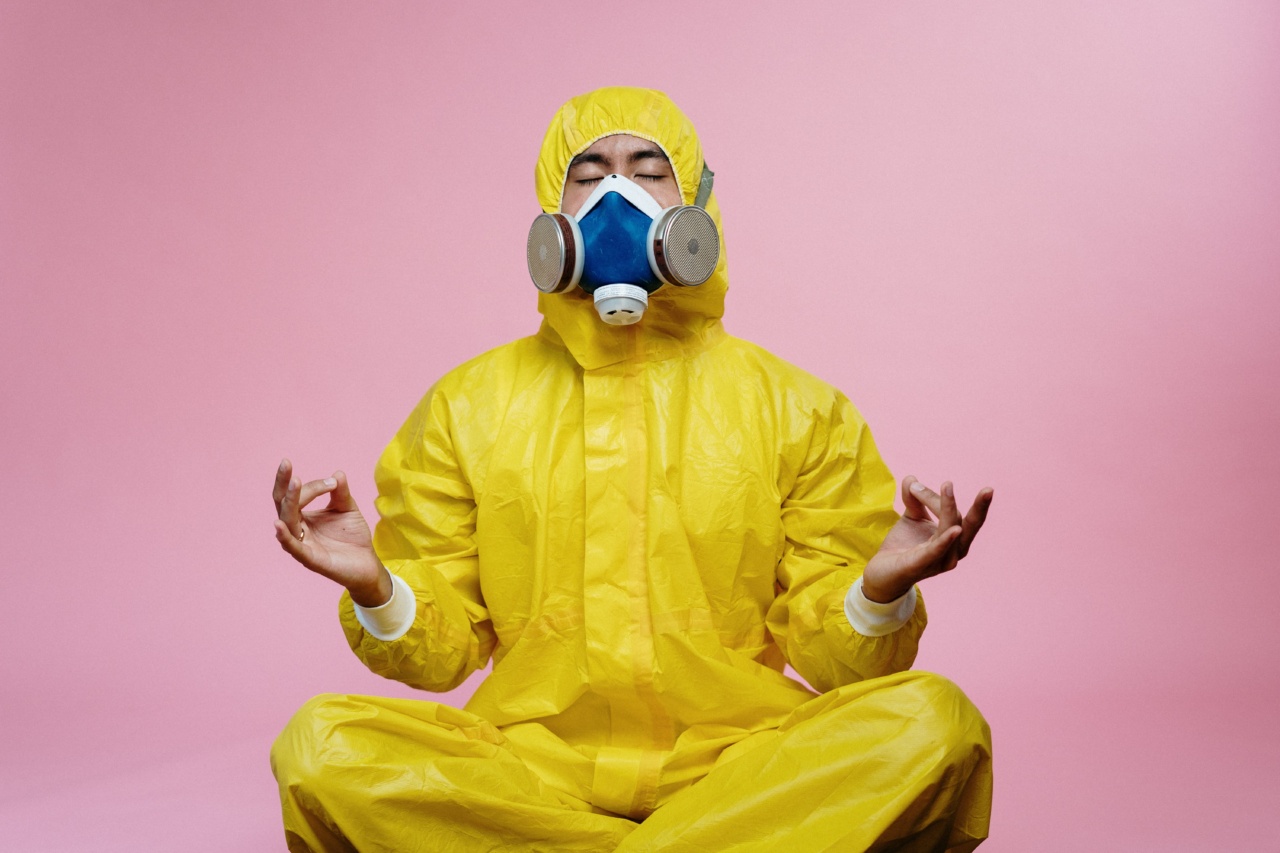Difficulty breathing can be a symptom of various health conditions, some of which are well-known and easily recognized. However, there are unexpected health dangers associated with difficulty breathing that many people may not be aware of.
In this article, we will explore these lesser-known dangers and shed light on why it is important to address any breathing difficulties promptly.
Asthma
Asthma is a well-known chronic respiratory condition characterized by difficulty breathing. While it is a common condition, it still poses unexpected health dangers.
Asthma attacks can be triggered by various factors such as allergens, exercise, stress, and pollution. During an asthma attack, the airways narrow, making it difficult to breathe. If left untreated or poorly managed, asthma can lead to more severe attacks and ultimately result in respiratory failure or even death.
Pulmonary Embolism
A pulmonary embolism occurs when a blood clot forms in one of the arteries in the lungs. This can partially or completely block blood flow, resulting in difficulty breathing.
A common symptom of a pulmonary embolism is sudden shortness of breath, often accompanied by chest pain and coughing. If left untreated, pulmonary embolism can be life-threatening as it can cause irreversible damage to the lungs and heart.
Chronic Obstructive Pulmonary Disease (COPD)
COPD is a progressive lung disease that makes it difficult to breathe. It encompasses chronic bronchitis and emphysema, two conditions that cause inflammation and narrowing of the airways.
Difficulty breathing is a hallmark symptom of COPD, often accompanied by persistent cough, wheezing, and fatigue. COPD is a serious condition that can lead to respiratory failure and increase the risk of heart problems, lung cancer, and other serious complications.
Respiratory Infections
Respiratory infections like pneumonia, bronchitis, and severe acute respiratory syndrome (SARS) can manifest as difficulty breathing.
These infections can affect the lungs and airways, causing inflammation and mucus buildup, both of which can impede normal breathing. Severe respiratory infections can be life-threatening, particularly in individuals with weakened immune systems or pre-existing respiratory conditions.
Allergic Reactions
Some individuals may experience difficulty breathing as a result of allergic reactions. Anaphylaxis is a severe allergic reaction that can cause swelling of the airways, leading to breathing difficulties.
Food allergies, drug allergies, and insect sting allergies are common triggers for anaphylaxis. Without prompt medical attention, anaphylaxis can be fatal due to lack of oxygen reaching vital organs.
Prolonged Exposure to Air Pollution
Air pollution, particularly in densely populated cities, can have severe effects on respiratory health. Fine particulate matter and pollutants in the air not only irritate the airways but can also cause long-term damage.
Prolonged exposure to air pollution has been linked to the development and exacerbation of respiratory conditions such as asthma, chronic bronchitis, and even lung cancer. Difficulty breathing is a common symptom experienced by individuals living in highly polluted areas.
Heart Failure
Heart failure occurs when the heart is unable to pump blood effectively, leading to a buildup of fluid in the lungs. This can result in difficulty breathing, particularly when lying down, as the fluid accumulates in the air sacs of the lungs.
Heart failure can be caused by various factors such as coronary artery disease, high blood pressure, or heart valve abnormalities. If left untreated, heart failure can have severe consequences and significantly impact overall health.
Obstructive Sleep Apnea
In obstructive sleep apnea, the airway becomes partially or completely blocked during sleep, leading to pauses in breathing. These pauses can occur multiple times throughout the night, often causing the affected individual to wake up abruptly.
Obstructive sleep apnea can have serious health implications, including impairment of daytime functioning, increased risk of cardiovascular diseases, and decreased quality of life. Difficulty breathing during sleep can significantly impact overall well-being.
Lung Cancer
Lung cancer often manifests with symptoms such as persistent cough, shortness of breath, and chest pain. Difficulty breathing can occur due to the presence of a tumor obstructing the airway or as a result of the cancer spreading to the lungs.
Lung cancer is a leading cause of cancer-related deaths worldwide, and early detection is crucial for better treatment outcomes.
Anxiety and Panic Disorders
Anxiety and panic disorders can cause significant distress and may also lead to difficulty breathing.
During an anxiety or panic attack, individuals often experience shortness of breath, rapid breathing, and a sense of being unable to catch their breath. These symptoms can be overwhelming and mimic the physical sensations of a respiratory condition. Understanding and managing anxiety and panic disorders are necessary to alleviate breathing difficulties associated with these conditions.
Conclusion
Difficulty breathing should never be taken lightly, as it can be a sign of underlying health dangers.
Whether it is due to respiratory conditions, infections, allergies, or other factors, addressing difficulty breathing promptly is crucial for maintaining overall health and preventing potential complications. If you or someone you know experiences persistent difficulty breathing, it is important to seek medical attention to determine the underlying cause and receive appropriate treatment.






























